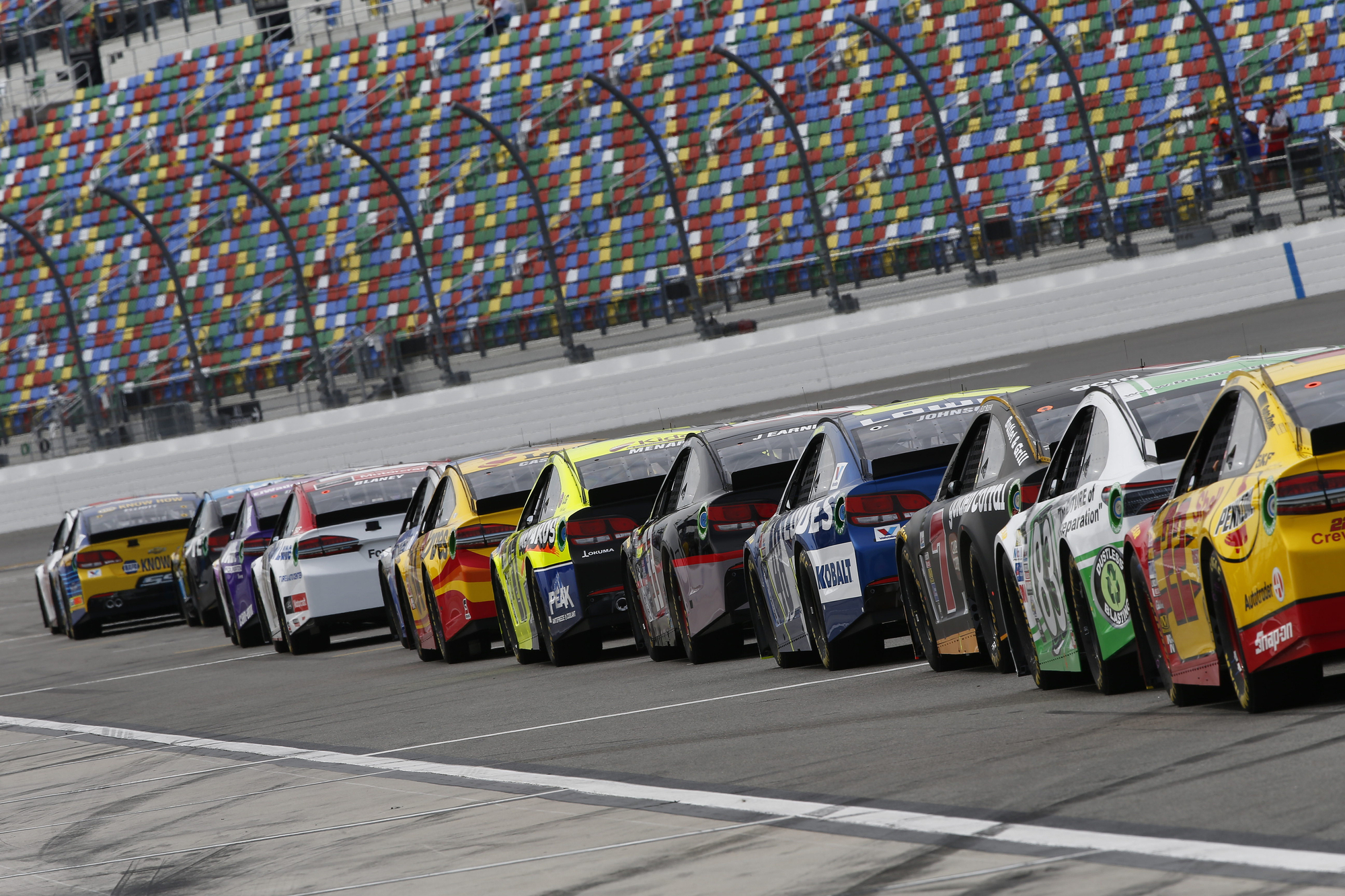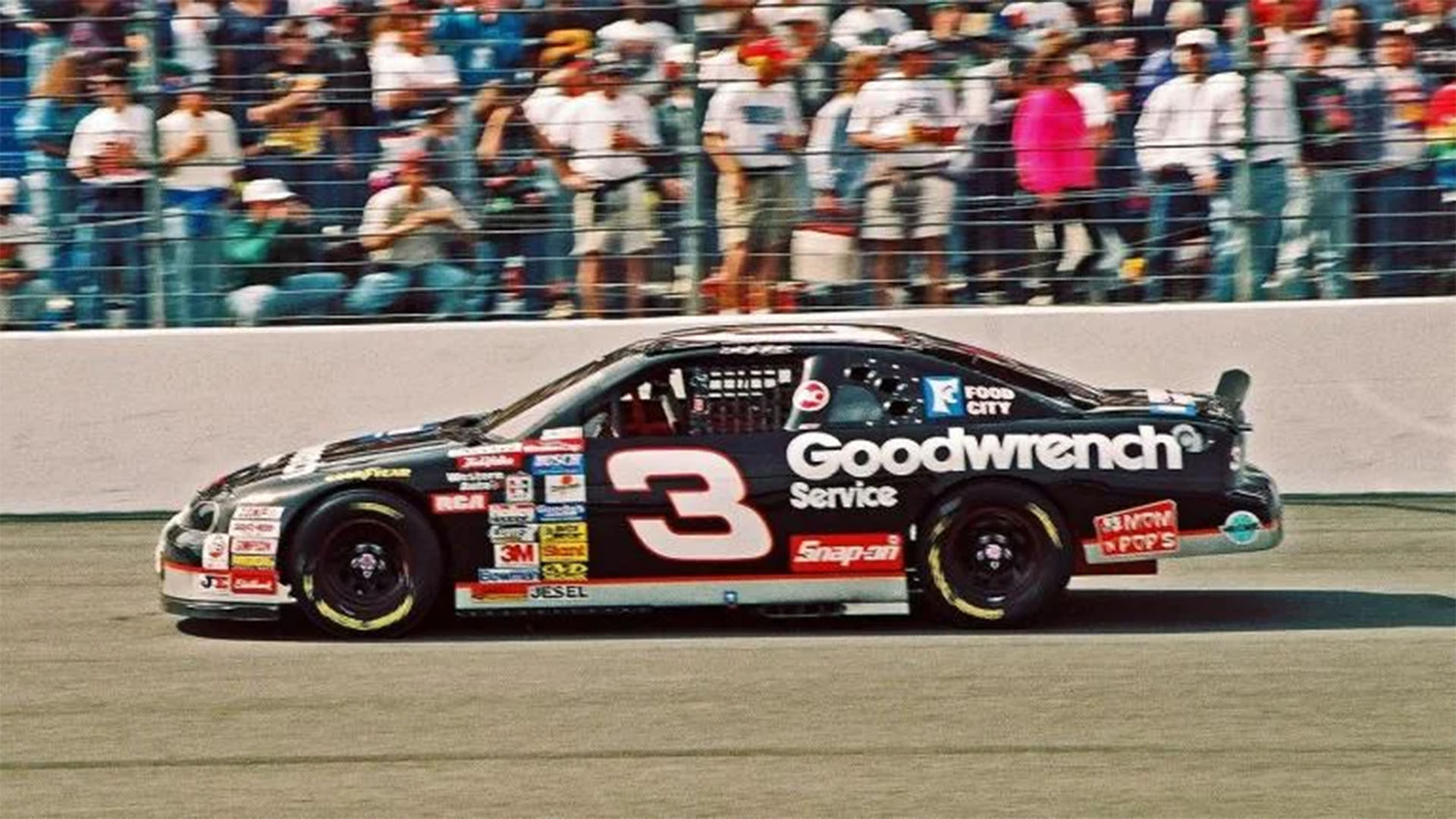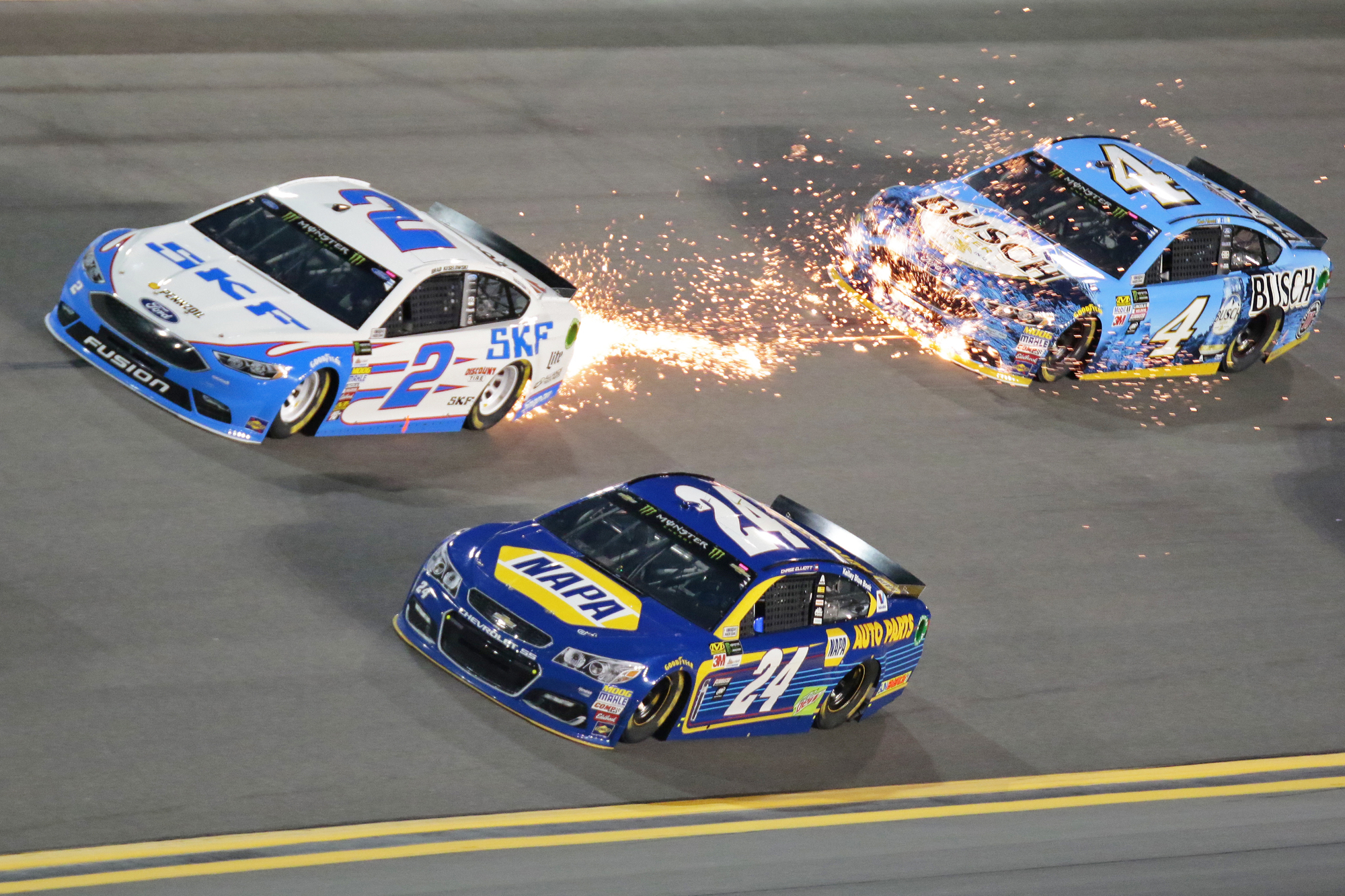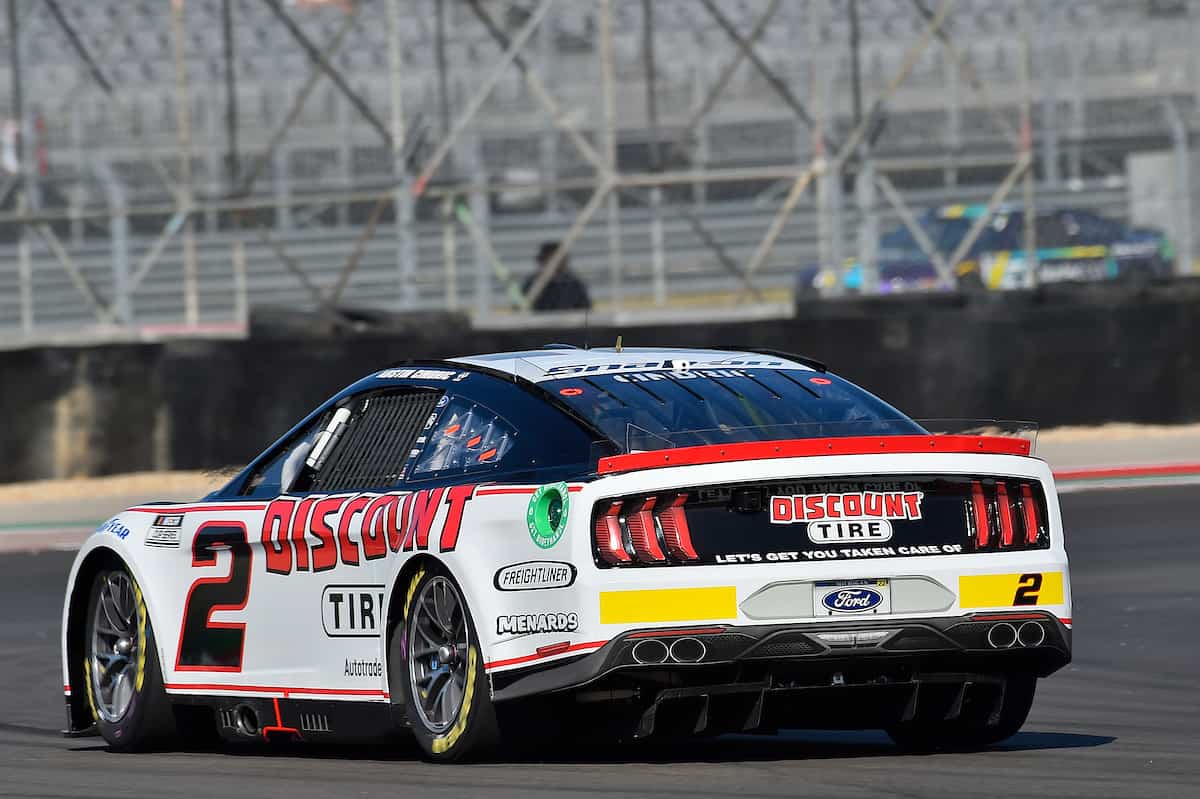What are NASCAR bodies made of?
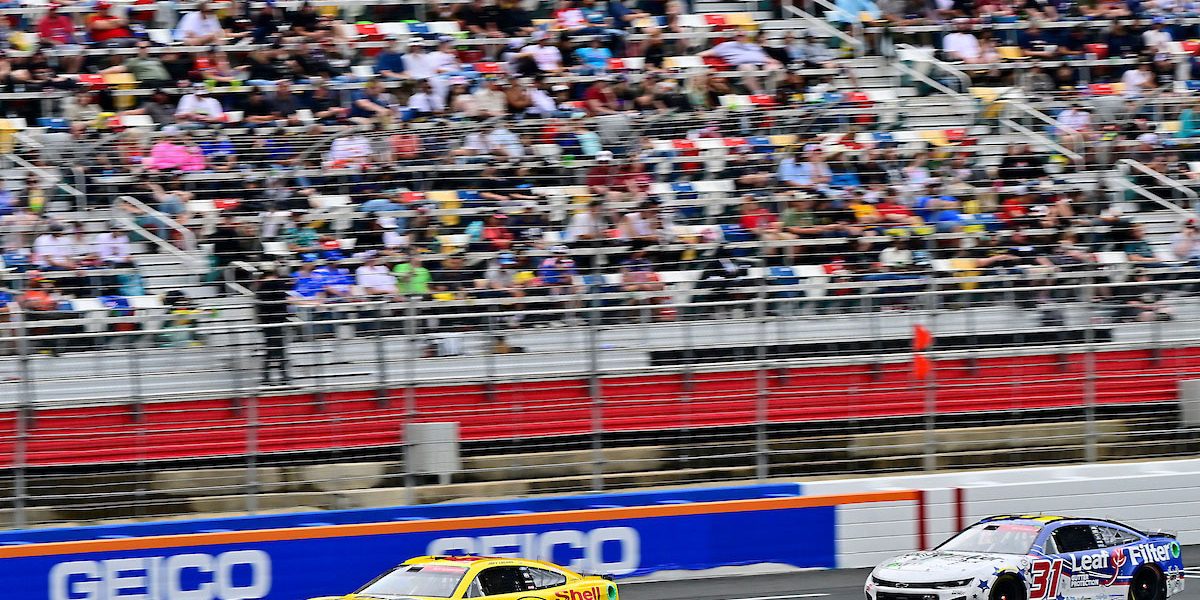

You’ve always wondered what gives NASCAR vehicles their incredible resilience and aerodynamics. What exactly are these high-speed racing cars made of?
NASCAR bodies are primarily made of a composite material, which is a blend of fiberglass and carbon fiber. This combination offers a balance between durability and weight, optimized for high-performance racing.
Table of Contents
In this article
In this article, we will dive into the composition and fabrication of NASCAR bodies. You’ll learn why composite materials are the choice for modern NASCAR vehicles, what the manufacturing process entails, and how these materials contribute to the car’s overall performance.
A Detailed Explanation
Composite Materials: The Backbone of NASCAR Bodies
Composite materials offer the best of both worlds—lightweight characteristics from fiberglass and strength from carbon fiber. They are engineered to withstand intense forces during a race, from high-speed winds to the harsh impacts of crashes. These materials also play a vital role in a car’s aerodynamic efficiency.
The Manufacturing Process
Creating a NASCAR body isn’t a straightforward affair. It involves multiple steps of layering, molding, and curing. This meticulous process ensures that the body is both durable and lightweight. Manufacturers also use advanced tools like CAD (Computer-Aided Design) software to optimize the aerodynamics of the vehicle.
How Does Material Choice Affect Performance?
The chosen material plays a pivotal role in determining the overall performance of the car. A light but strong body ensures that the car can achieve high speeds without being weighed down. At the same time, the composite material’s flexibility aids in distributing the forces evenly across the body, reducing the risk of breakage during collisions.
Here’s everything else you’ll need to know to understand what makes these racing giants tick.
Materials Used in Earlier NASCAR Models
In the earlier years, NASCAR bodies were primarily constructed of sheet metal. While these materials were effective at the time, technological advances have led to more effective materials like composites. Sheet metal bodies were more prone to dents and damages, thereby affecting aerodynamic performance.
The Importance of Aerodynamics
Aerodynamics isn’t just a buzzword in the racing world—it’s a critical factor that significantly impacts speed and efficiency. The shape of the car and the materials used are all engineered to minimize air resistance, thereby increasing speed. In races where every millisecond counts, a vehicle’s aerodynamics can make all the difference.
Material Durability and Safety Measures
Safety is paramount in the high-risk sport of NASCAR racing. The composite materials used in constructing the bodies of these cars are rigorously tested to ensure they meet safety standards. Features like crumple zones and roll cages are also integrated to offer maximum safety to the driver.
The Role of Technological Advances
Technological advancements have been a cornerstone in the evolution of NASCAR bodies. From the use of advanced simulation software to 3D printing techniques, technology has allowed for more precise engineering. These advancements not only make the cars faster but also more reliable, reducing the risk of mechanical failures during races.
Environmental Considerations
With growing awareness of environmental sustainability, even the world of NASCAR is feeling the pressure to adapt. Newer composite materials are being researched to offer eco-friendlier options without compromising performance. These include recyclable composites and materials that have a lower carbon footprint.
Future Trends
As we look to the future, it’s clear that the quest for the perfect racing body material is far from over. Research into nano-materials and smart materials that can adapt to external conditions on-the-fly could revolutionize NASCAR racing. Imagine a car body that can ‘heal’ minor cracks or change its texture to improve aerodynamics during a race!
What are NASCAR bodies made of? – Final Thoughts
By now, you’ve gained a comprehensive understanding of what NASCAR bodies are made of and the science that goes into engineering them. From the use of composite materials to the role of aerodynamics and safety features, every aspect is fine-tuned to create a masterpiece of speed and resilience. As technology continues to advance, the future of NASCAR bodies looks incredibly exciting. Keep an eye out for the next generation of racing marvels—they’re set to be faster, stronger, and even more awe-inspiring.
What are NASCAR bodies made of? – Frequently Asked Questions
Are NASCAR bodies bulletproof?
No, NASCAR bodies are not designed to be bulletproof. They are made to be lightweight and durable to withstand the rigors of racing.
How often are NASCAR bodies replaced?
The frequency of replacement depends on several factors, including the number of races and any incurred damages. However, bodies can go several races before needing a full replacement.
Do NASCAR cars have air conditioning?
No, NASCAR vehicles typically do not have air conditioning units as they add extra weight to the car.
What are the tires made of?
NASCAR tires are made of a specific rubber compound designed for maximum grip and durability during high-speed racing.
How much does a NASCAR body cost?
The cost can vary, but generally, a NASCAR body can cost anywhere from $50,000 to $100,000, depending on the materials and manufacturing processes involved.
Thank you for reading, and may your newfound knowledge fuel your passion for NASCAR even more!






